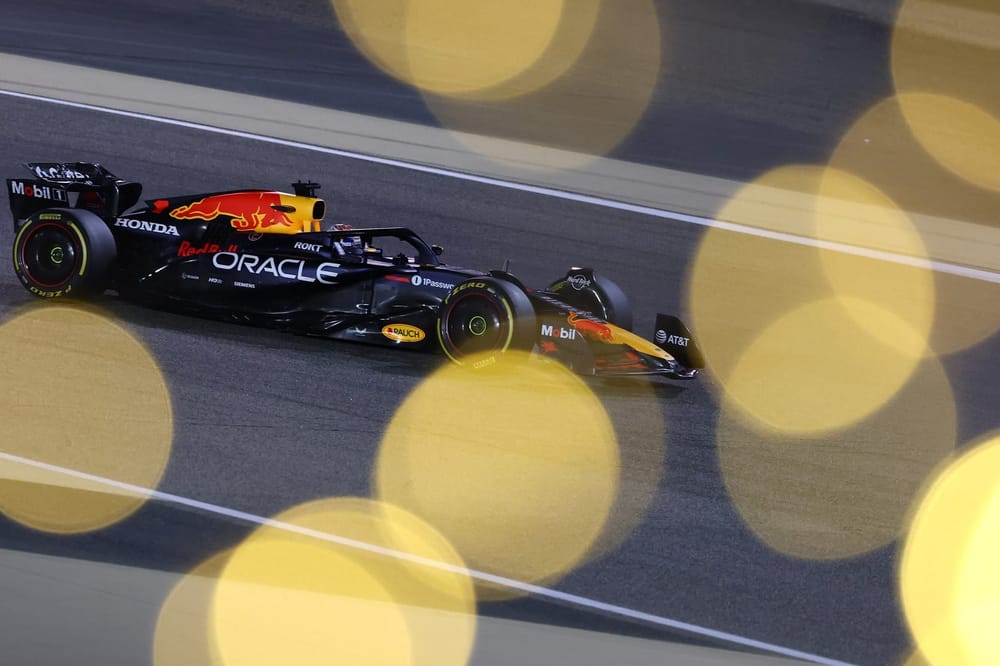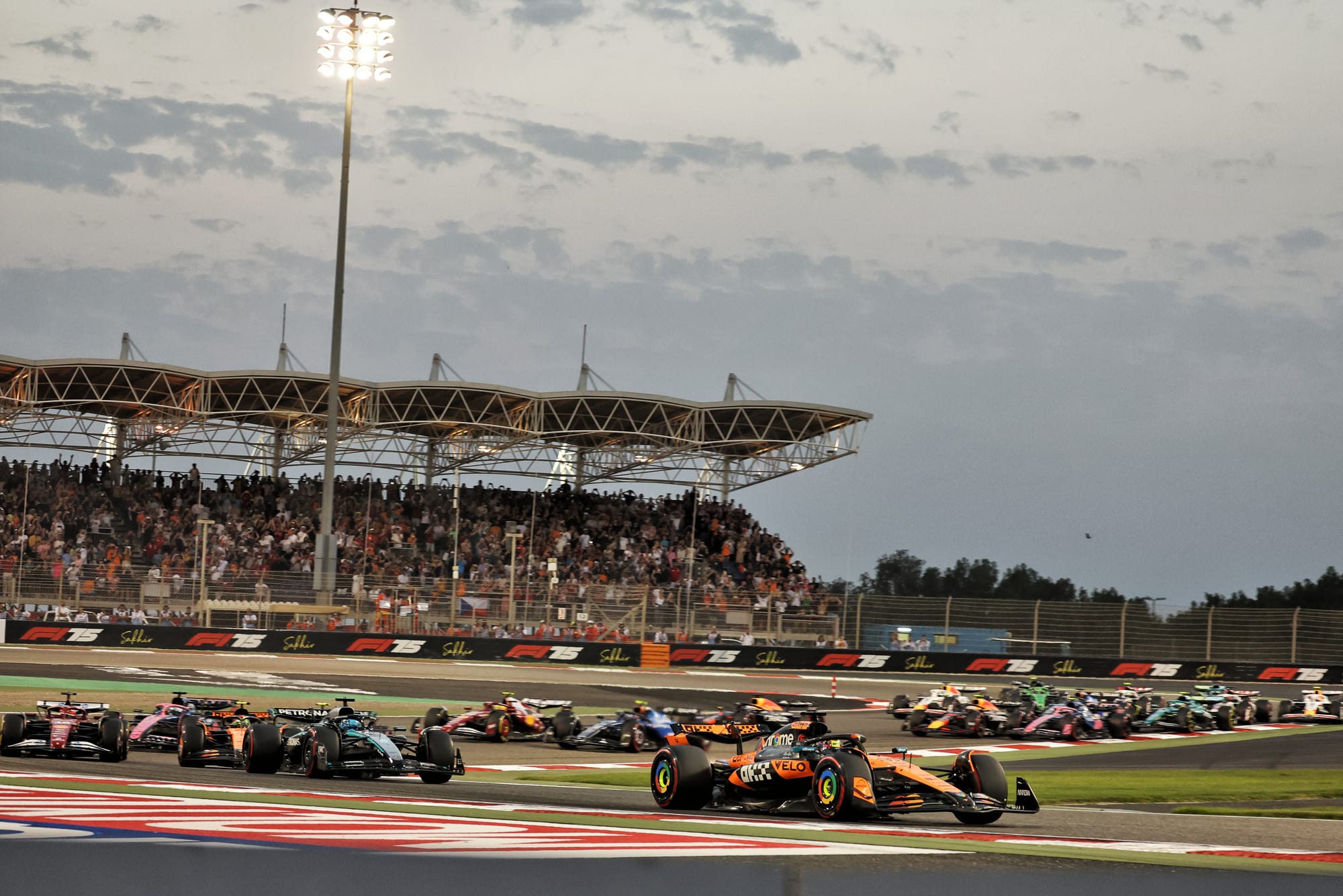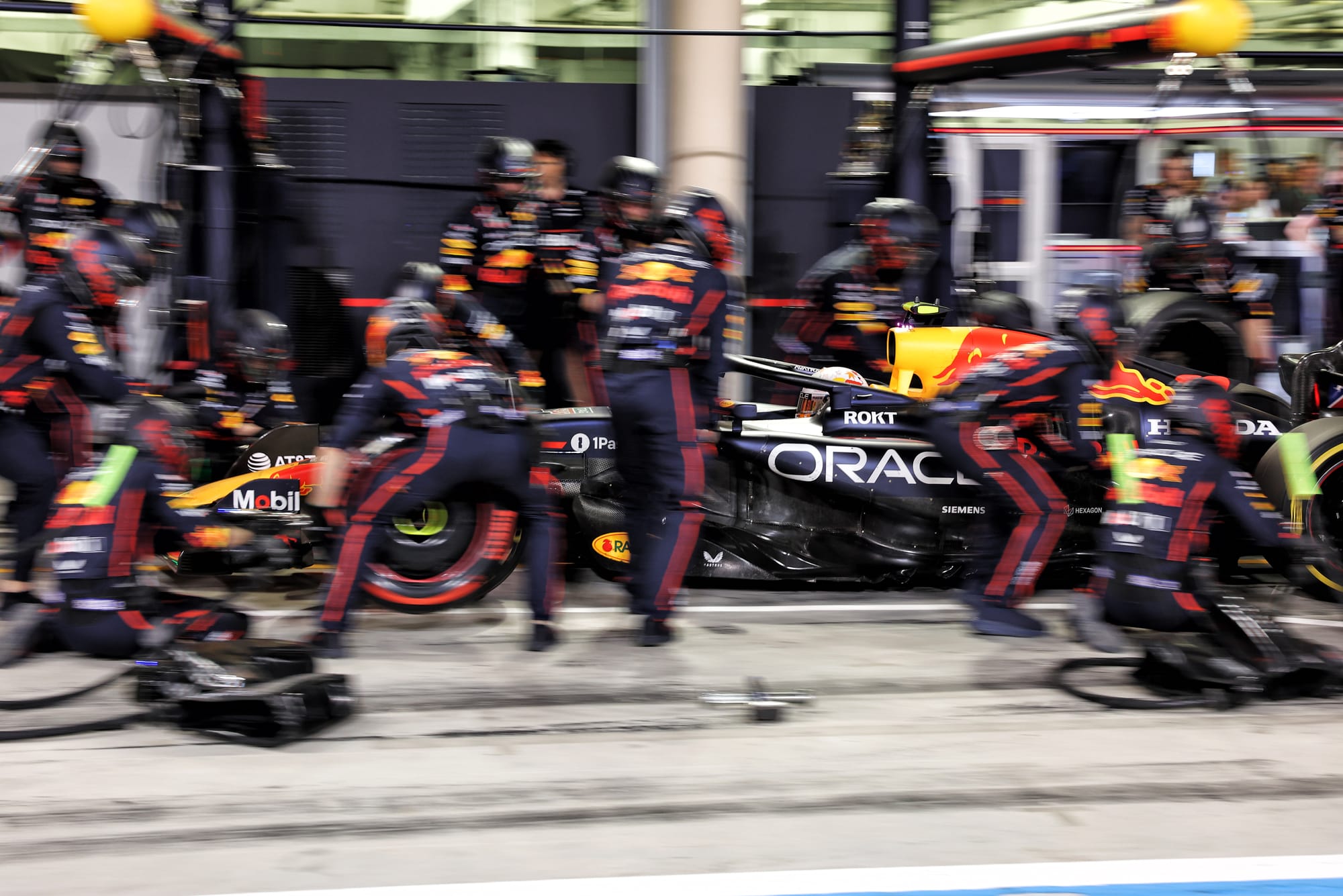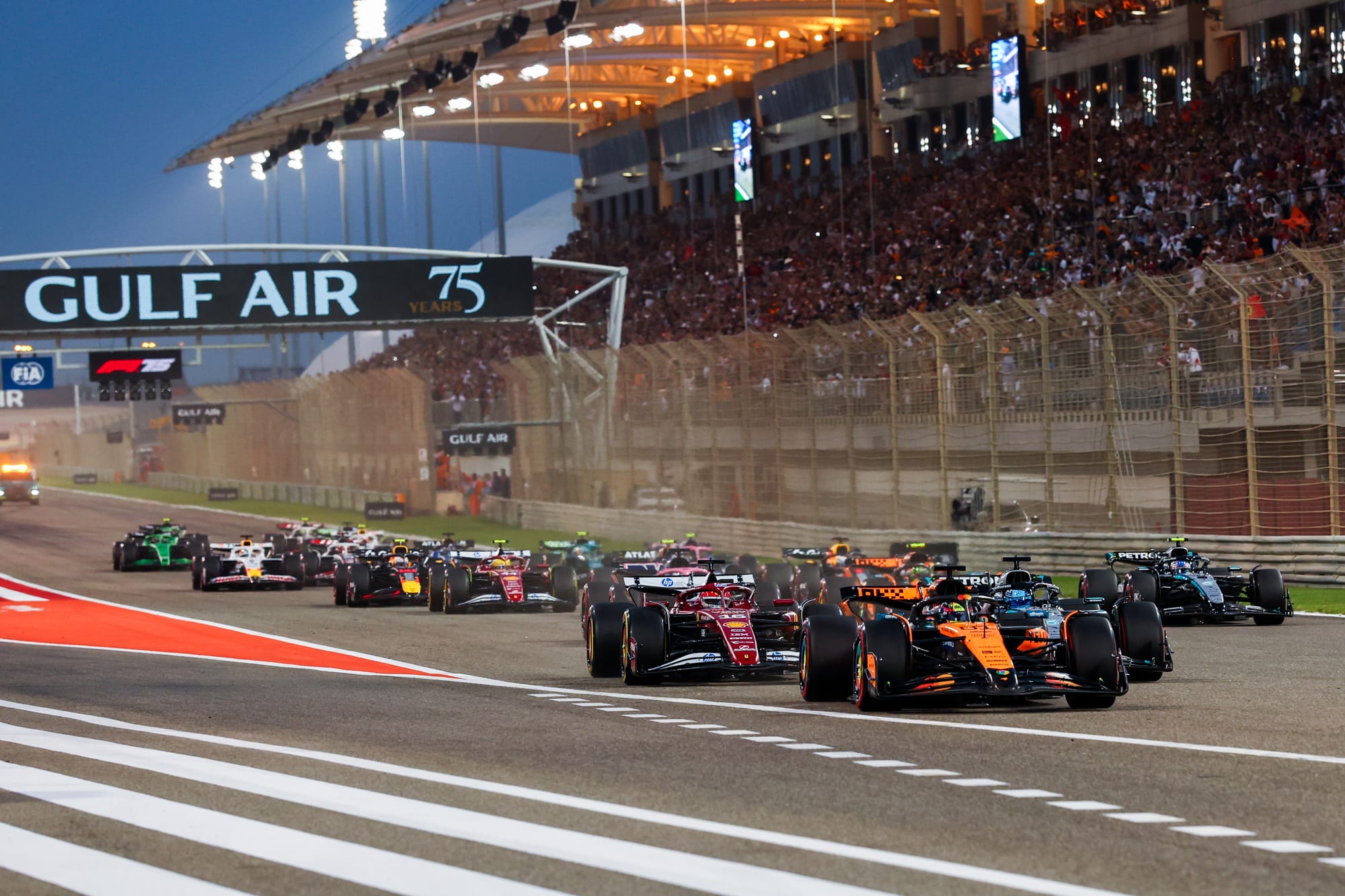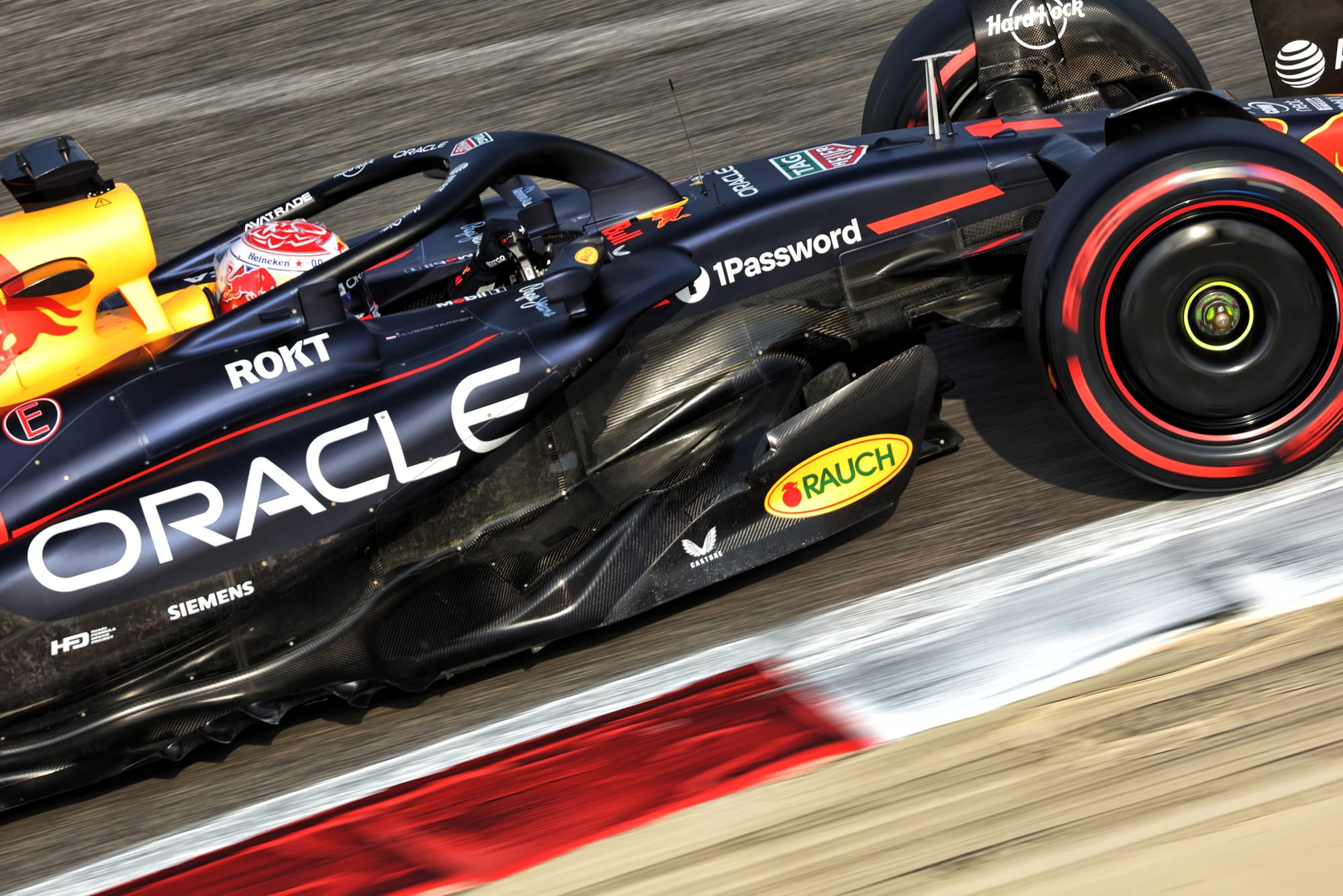If a week is a long time in politics, it is an eternity in Formula 1.
That's why Max Verstappen's unexpected Japanese Grand Prix victory, and his hard slog to finish sixth in Bahrain seven days later, has made it hard to understand just where Red Bull is really at - because opinions have been so all over the place.
After the Suzuka triumph prompted suggestions that Verstappen had put himself firmly into title contention, Bahrain's brake, balance, and tyre woes plus pitstop shambles have now triggered talks of a team in crisis.
And yet Verstappen is just eight points adrift of world championship leader Lando Norris in the drivers' standings, and has scored more than on his own than Ferrari's drivers have combined.
The reality is that Red Bull's situation is probably somewhere between Japan, where circumstances flattered it and it pulled off a win that went against the form book, and the struggles of Bahrain where, as Verstappen said, everything that could go wrong did.
In fact, neither Red Bull's mindset nor that of Verstappen has changed much in the last seven days - even if the end result was very different.
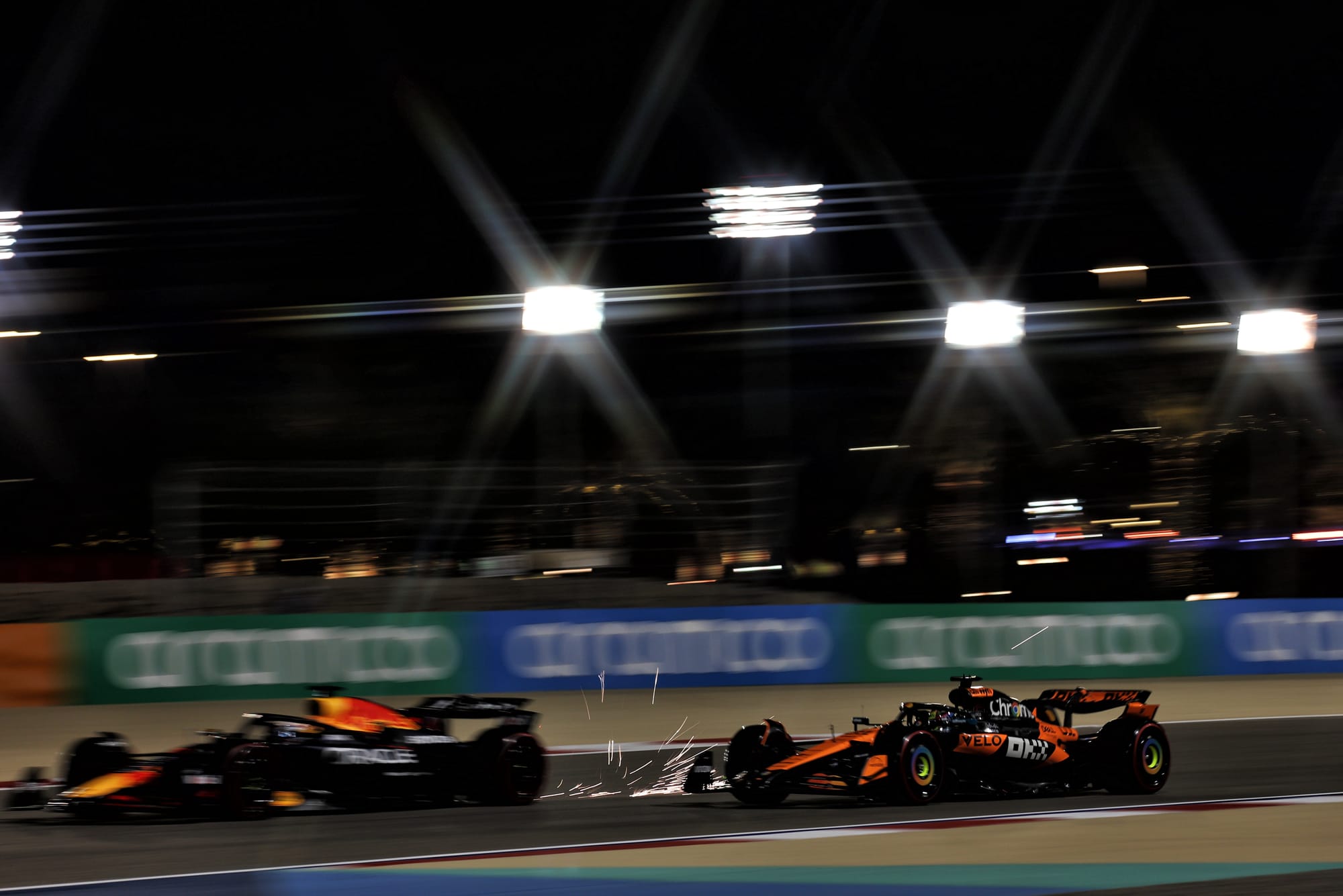
They are not hiding from the fact that the RB21 is behind McLaren. They know that some key weaknesses need to be sorted if there is to be any hope of the championship, and they know that they need to limit the damage until they can get on top of things.
What is true to say is that Red Bull is not sitting back and pretending everything is rosy after what it's been through.
Tough words are being said behind closed doors about the urgency needed to get on top of what's wrong with the RB21 - but it was the same feeling after Japan when the team conceded that the result had not left it feeling it was out of the woods.
Verstappen has been very "neutral", whether it's a giant-killing performance or an evening that tumbles out of control in Bahrain.
"I always try to do the best I can even in disappointing or let's say frustrating situations," he explained on Sunday night in Bahrain. "But you have to move on.
"We keep discussing, keep trying to improve. We know that we have our problems. Even if you win a race, that doesn't go away. I already said that last week.
"Anyway I'm not the guy who thinks when you have positive or negative scenarios you get influenced by them. I'm still very neutral. You just have to keep on working."
Why Bahrain was so bad
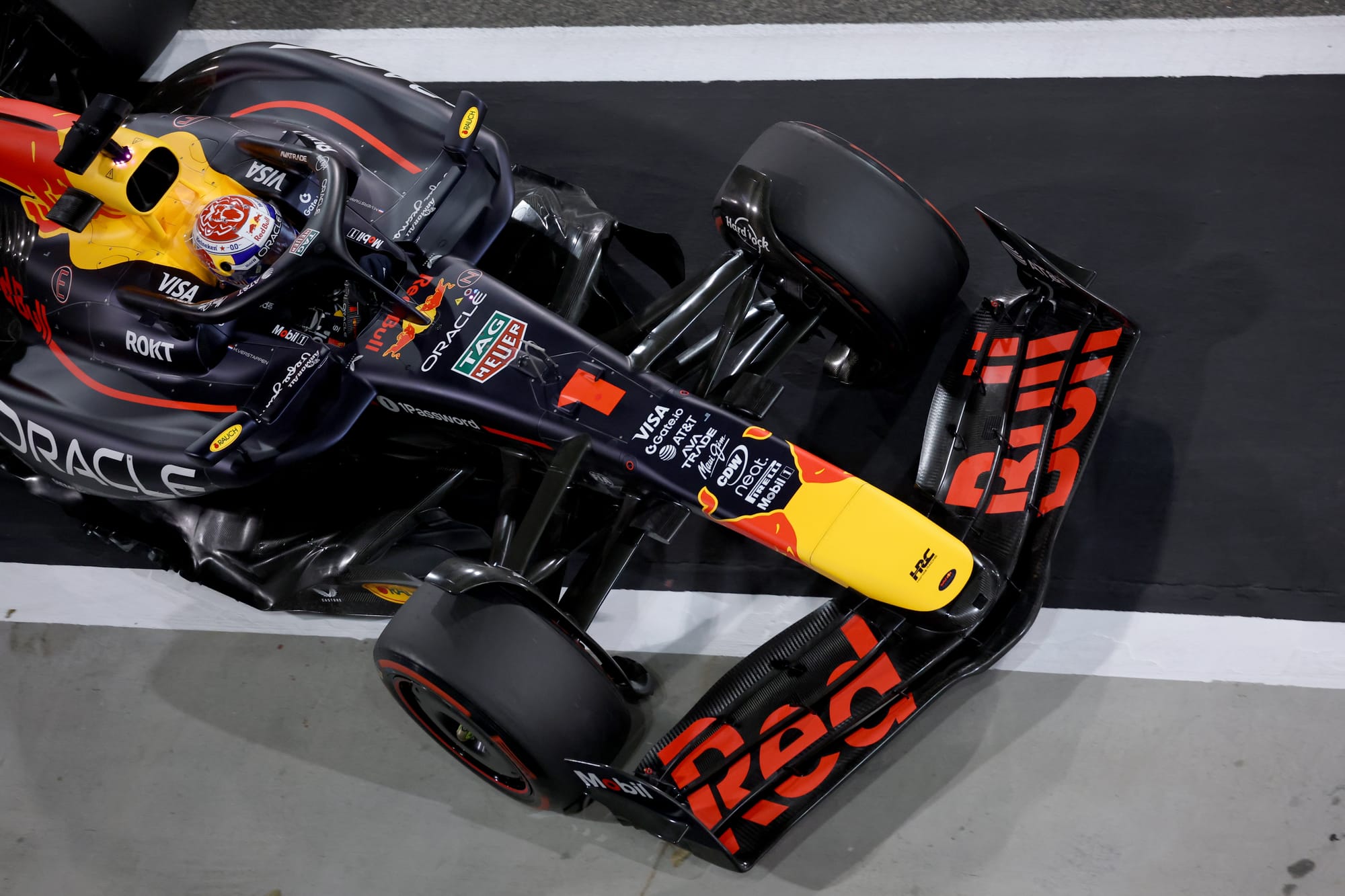
From the outside, the brilliance of the RB21 in Japan and the stark contrast of its struggles in Bahrain make it hard to judge just where Red Bull stacks up.
But the explanation for why the pace fluctuated so much is pretty straightforward to explain because the Suzuka and Sakhir circuits could not be any further apart when it comes to exposing the strengths and weaknesses of Red Bull's 2025 challenger.
When it is in the right operating window, the RB21 is pretty decent in the high-speed corners that typify Suzuka. It is also pretty good on the brakes into low-speed corners (like the Suzuka chicane).
But the above is not enough if you add in an element of required tyre management, because there remain through-corner balance problems (the transition from entry oversteer to exit understeer) that punish the RB21.
Suzuka only worked so well because the weather conditions were much cooler than is normal. Plus, the resurfaced first sector and the choice of compounds that Pirelli took meant degradation and thermal management were not factors that needed to be worried about. So Red Bull's weaknesses were masked.
Bahrain was a totally different story. The extreme temperatures and the super-rough track surface are at the opposite end of the spectrum in terms of tyre management compared to Suzuka.
So any troubles with the car balance became exaggerated. The front or rear tyres overheat if the car steps out, and this then makes the balance worse, which ends up creating a negative spiral.
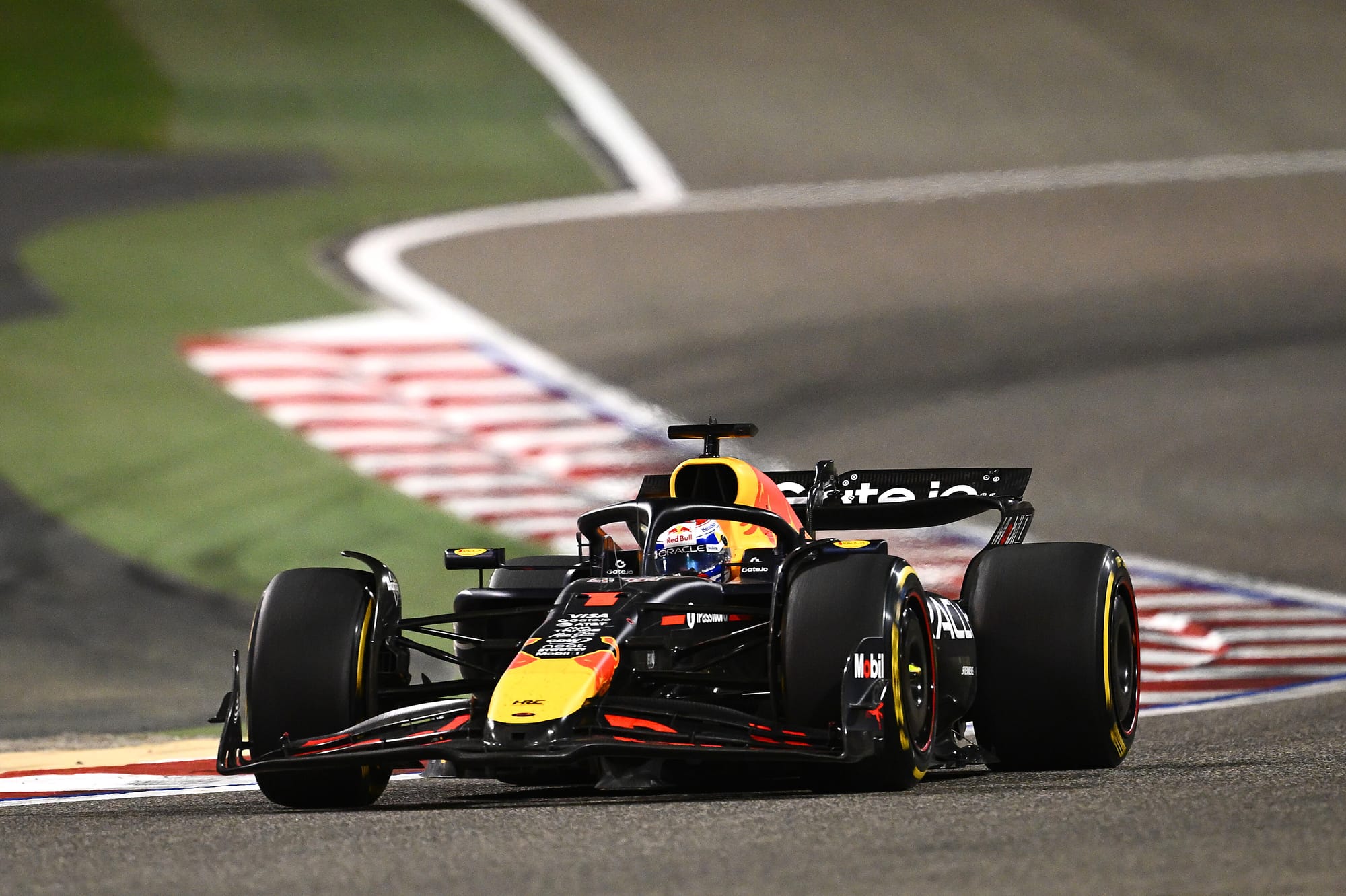
Throw on top of that that the layout of the track also does not suit the RB21, because the less flowing medium-speed corners require a more abrupt directional change on the brakes - further exposing the car's disconnected balance.
As Verstappen summarised about how bad things felt: "I just feel like we are even worse on tyres somehow this year. Basically just very complicated.
"Last year we were not too bad around here. Of course then people made improvements. We actually had a worse weekend than last year. Bit weird."
Add into the mix too that, with the tyres being so on-edge, that front locking was a big risk - so it was easy to see why Verstappen struggled so much on the entry to corners too.
As he explained: "The problem was not only the feeling in the brakes, which is still not where I want it to be, but the tyres are just overheating.
"So when I'm braking there is no feeling. So it's super-easy to lock the front or rears at the same time."
It was the perfect storm of everything that Red Bull did not want from a track being served up at once.
Add on top of that some unusual pitstop problems that meant a bad afternoon got even worse and it's not too hard to see why things looked so terrible.
Chasing an RB21 cure
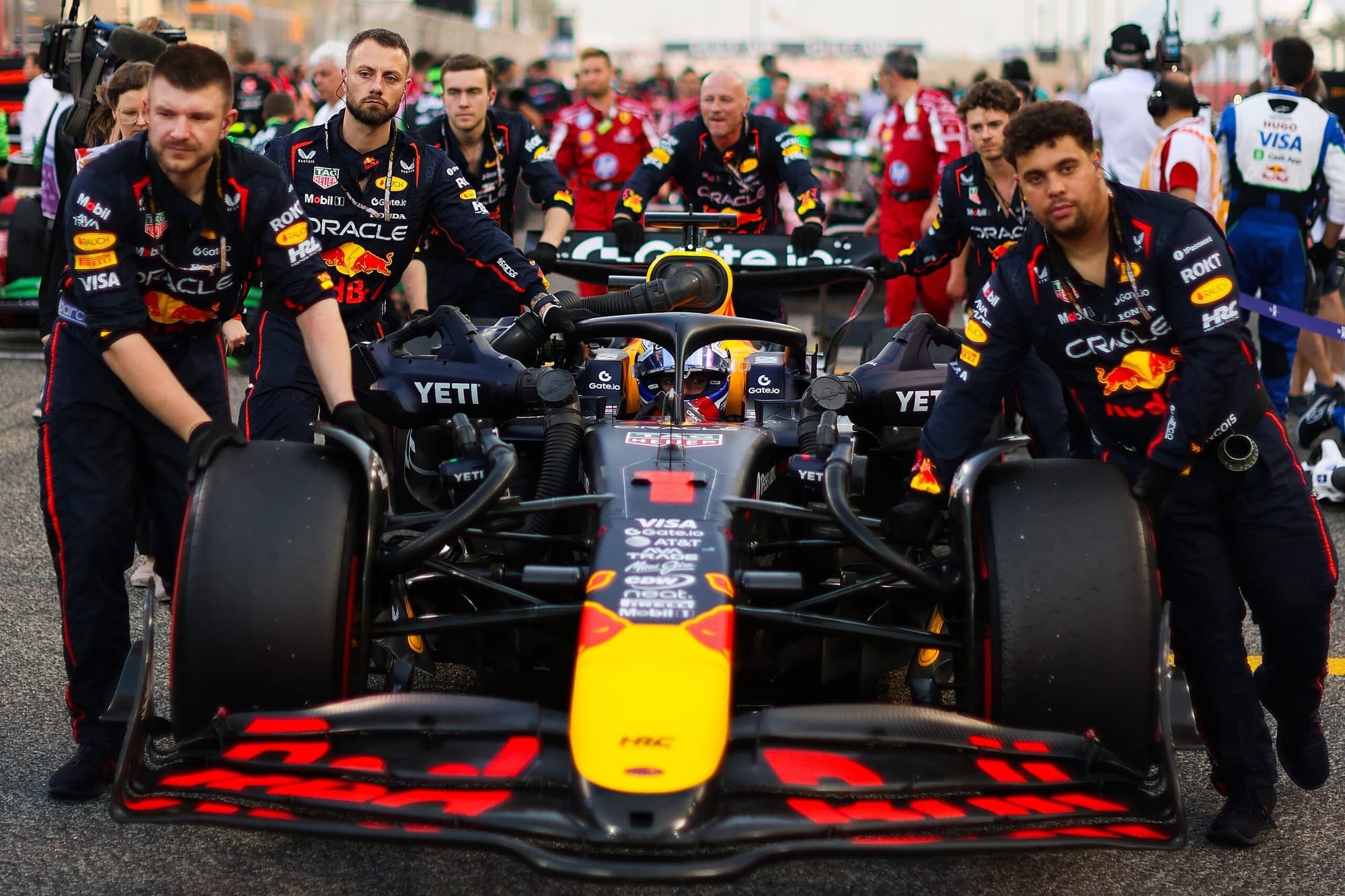
Bahrain has left no one at Red Bull in doubt that it needs to improve if there is to be any chance of Verstappen fight for the title.
But that was the message coming out of the team after Japan, too, where sources indicated that it felt only about 25% of the balance problems it had hoped to cure from the RB20 had been sorted so far.
The road ahead to getting on top of everything is long, with Verstappen not too confident that there will be an immediate solution to the weaknesses.
Asked if the team knew what the answer was, he said: "You'll have to ask them. I don't know...some bits are coming but not at the moment."
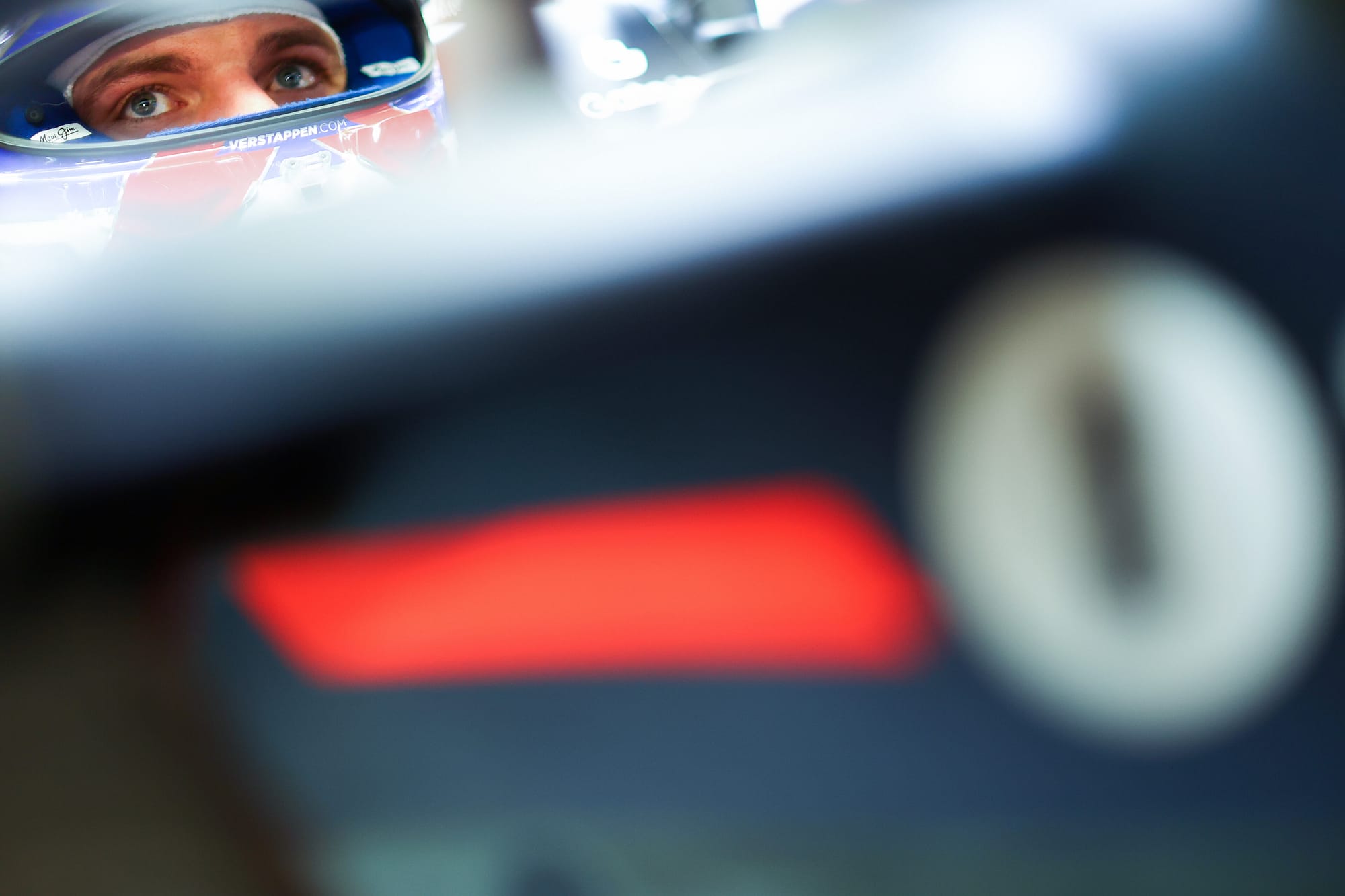
Some of Red Bull's solutions are much easier to implement than others.
Getting on top of Verstappen's brake problems, to give him the feel he wants, should be a pretty normal process of experiments and mechanical tweaks that all teams go through to help drivers.
But perhaps most worrying part for Red Bull is that it does not yet have the full picture of what it needs to do to get on top of the balance issues.
As Verstappen revealed, those moments when the car has been strong - such as in Japan - seem to be more a question of luck in nailing its narrow set-up window than having any proper method behind it.
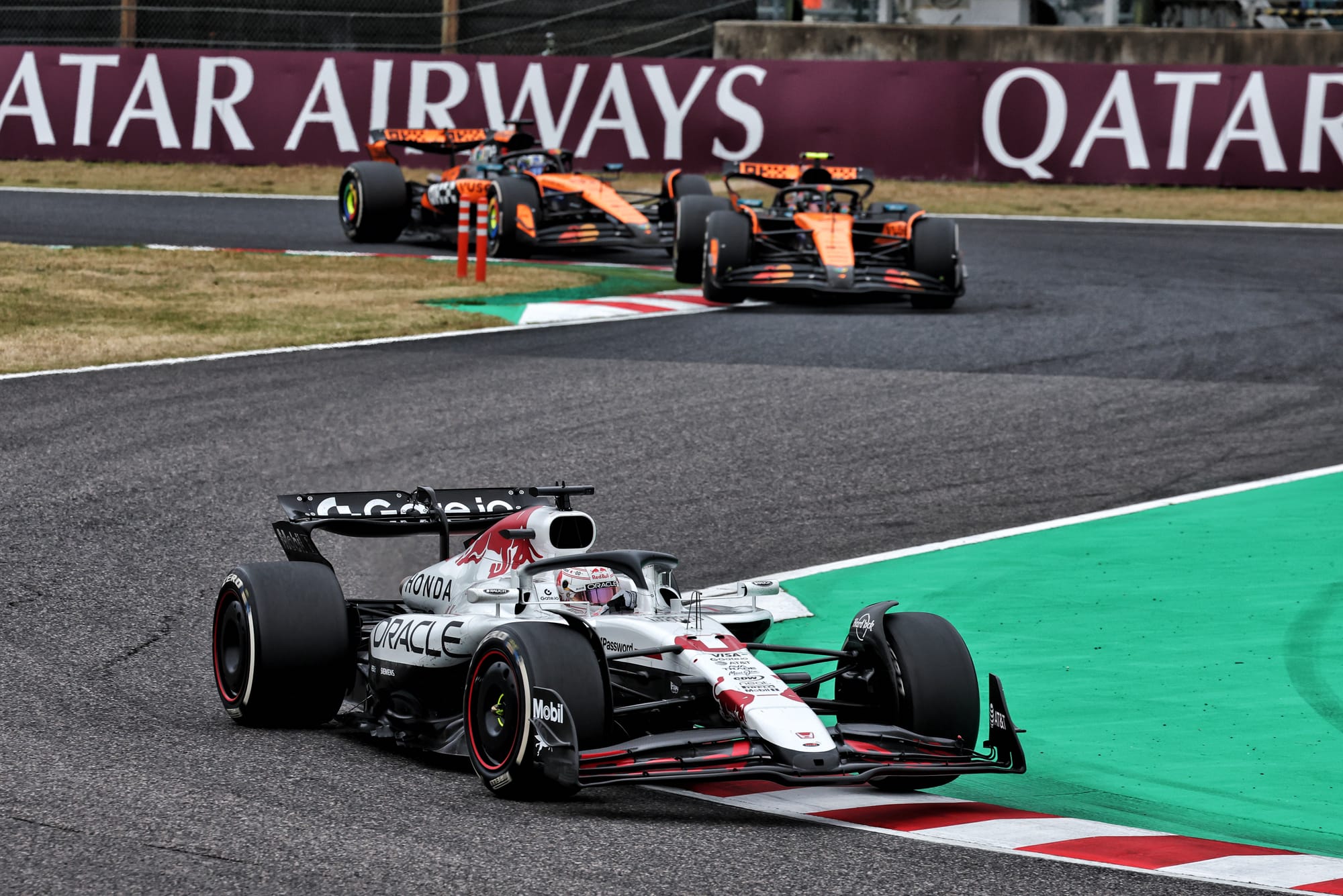
"It's hit and miss," he said. "Friday at Suzuka was bad. Qualifying was then a bit better. The race was a bit better but still not where I wanted it to be but at least then you are competitive. Here it was off again."
Team boss Christian Horner has explained that Red Bull understands the factors that are hurting it, but it is delivering answers that is the real issue because of a wider factor in the background.
"The problems are understood," he explained. "The problem is that the solutions, with what we see within our tools compared to what we're seeing on track, aren't correlating.
"I think that that's what we need to get to the bottom of: why can we not see within our tools what we're seeing on the circuit?"
An old problem returns
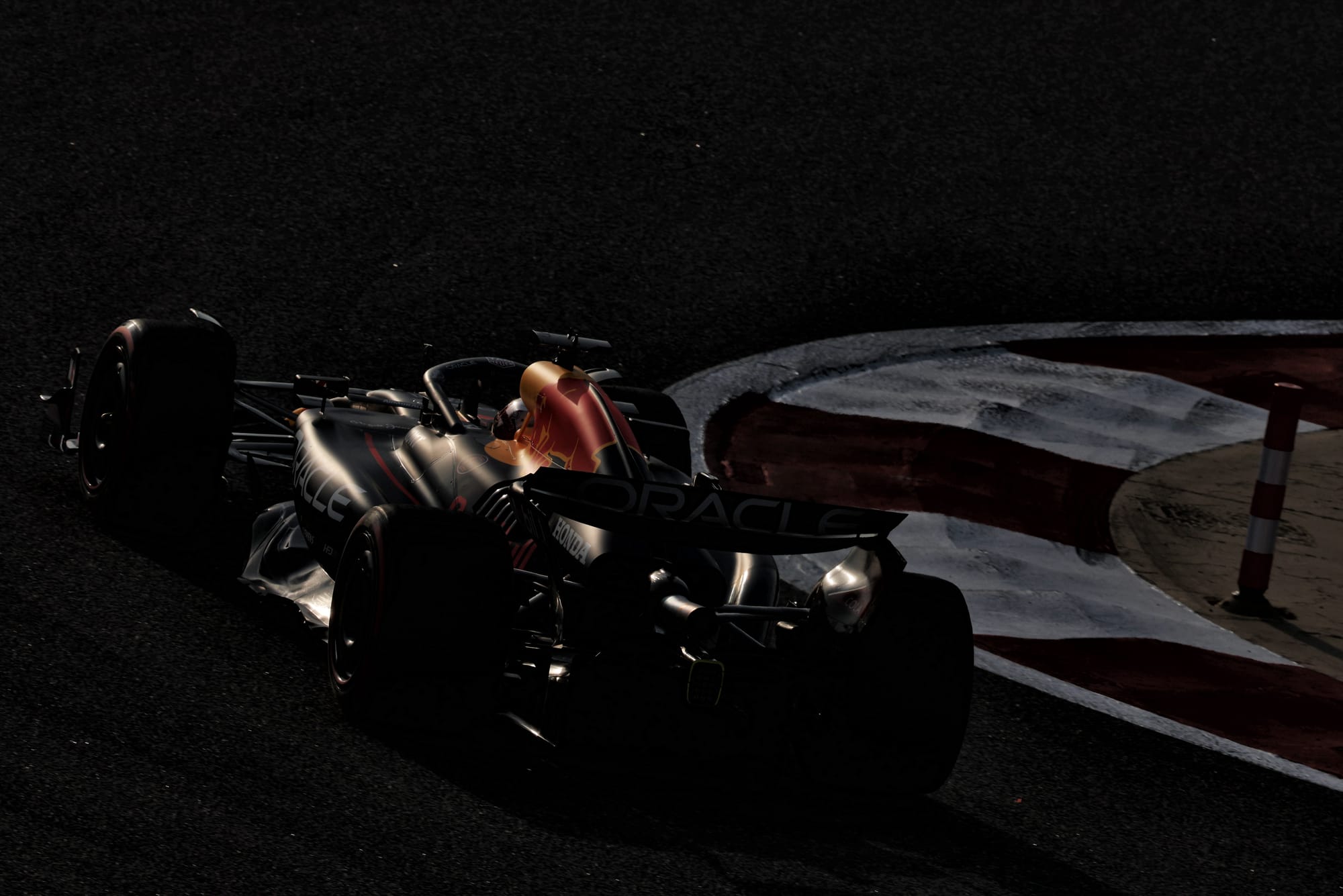
This is a clear reference to windtunnel correlation issues, which were a factor last year as the team struggled to get consistency between what its factory data was telling it and what it was finding out on track.
This talk of windtunnel woes is a repeat of what happened in the middle of 2024, when Red Bull was struggling to get the correlation it wanted between its track and factory data.
As Horner said: "The tools, primarily the windtunnel, has driven us in a direction that isn't replicating what we're seeing on track.
"So then you end up with a mishmash between what your tools are telling you and what the track data is. Now as we're accumulating track data, it's the track data that's driving the solutions."
The main issue with the Red Bull windtunnel is that, while the tools are technologically advanced, the team has been unable to escape the legacy of it being inside a Cold War concrete structure that is not as insulated as state-of the-art modern facilities.
This means that it is exposed to air temperature fluctuations. So, when the weather varies day to day, the results are not consistent.
Speaking to The Race last year, Red Bull technical director Pierre Wache explained a bit more about the limitations of the current windtunnel.
"The main problem is accuracy and repeatability. When you develop a new concept, this tunnel could work very well," he said.
"It's more when you are fighting the flattening development curve, it's difficult to work with it because we are very dependent on the temperature in the UK. There are big swings between cold and hot. It's very difficult for us."
In an era where teams are now chasing the most finite of detail improvements, this is a big problem - and something that simply cannot be solved until Red Bull's brand-new windtunnel at Milton Keynes is on tap in 2027.
But Red Bull cannot wait that long to get on top of its current problems. It needs answers to the RB21's issues as soon as possible.
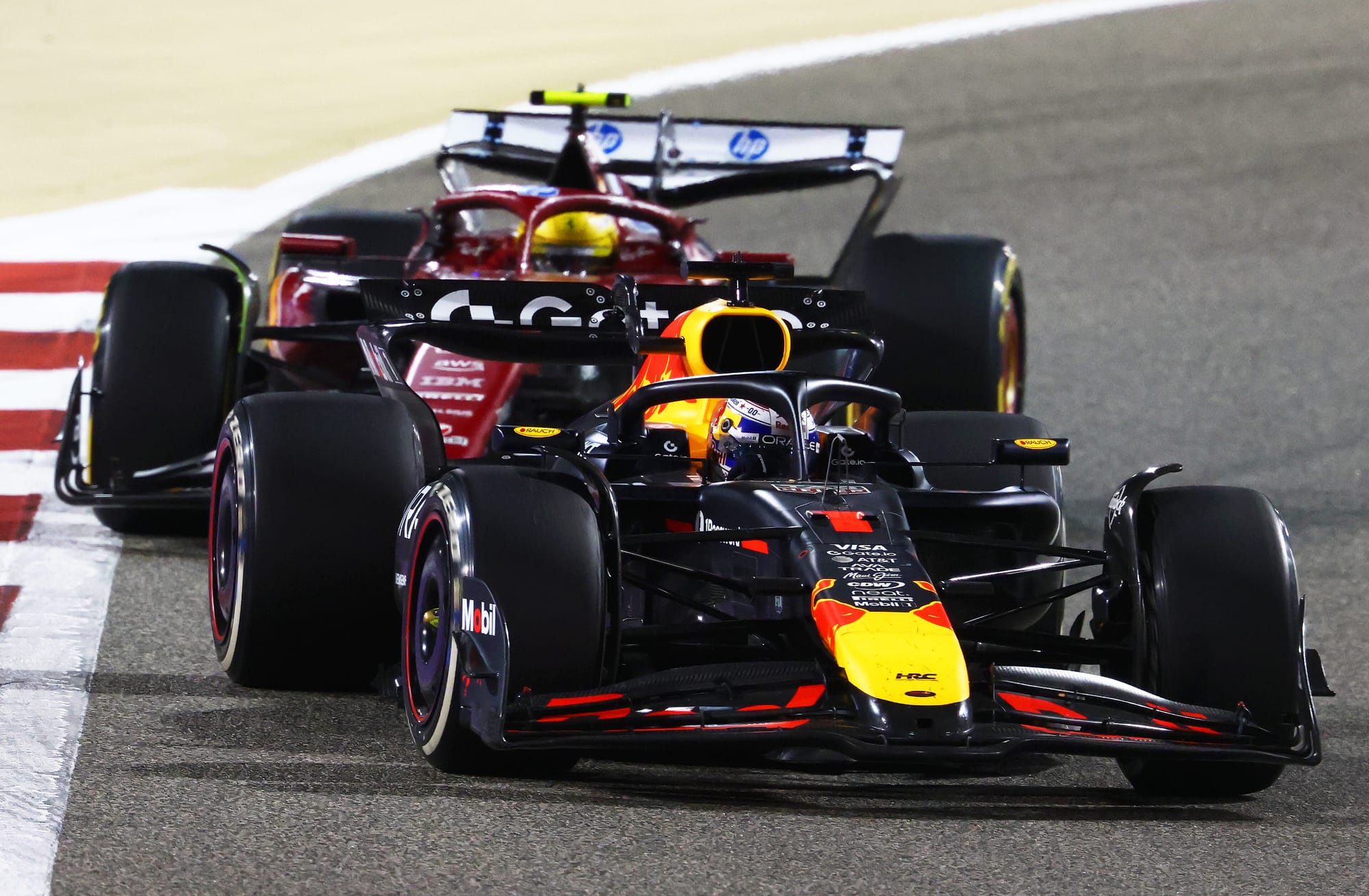
There will be better races if it nails the set-up or the track suits it more, but ultimately it has to bring car improvements if its current wobbles are to end in anything other than title defeat.
As Horner said: "You can mask things a little through set-up, and we were able to achieve that last weekend in Suzuka, but I think this race has exposed some pitfalls that obviously we need to get on top of very quickly.
"We understand where the issues are. It's introducing solutions that takes a little more time."

